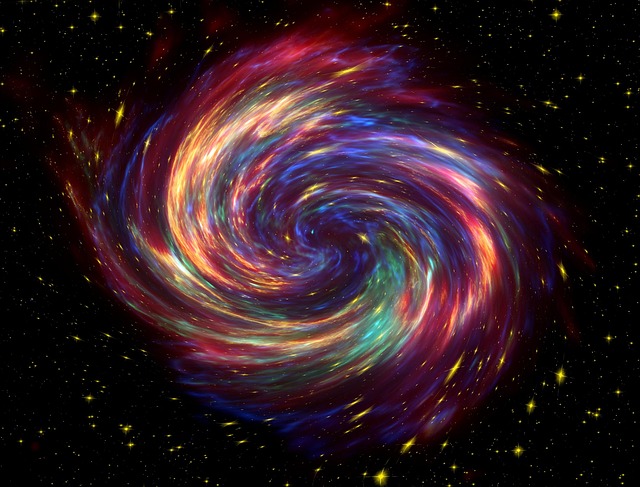STAR
The stars appear white, but not all stars are white, some are also orange, red or blue. The colors of the highly wired stars are blue and the cold stars are red. Sun is yellow star. The temperature of blue stars is 27,750 ° C and the Sun’s 6000 ° C. That’s why no astronaut can ever get to any star.
The spacecraft takes three days to reach the moon. There are several months required to go to the sun. It may take thousands of years to reach the nearest spacecraft. Km to such a long distance Measuring is a difficult problem. Therefore, scientists use light years and parsec units to measure the distance of stars. The light year is the distance, which is three lakh km light. Moves per second speed in one year – that is 30.857 × 1012 km.
The light coming from the moon takes 1.3 seconds to reach us. The light from the sun reaches us till 8 minutes in 18 seconds. But after the sun, the light coming from Proxima Sentori, the closest star, needs light time of 4.2 light years to reach us. The distance to the farest star in our Mandakini is about 63,000 light years (19.325Pc). All stars are born in the clouds of gas and dust. Lightening and heat arises in all the strings of the interaction function.
Pulsars, black holes
Pulsar
Pulsars are rotating stars, which allow them to radiate radiatively in a regular manner. The Pulsar word is used for pulsating radio star.
When a large star explodes, then it tears off its outer part and takes the form of a nebula, and the crode becomes reduced to a lesser constricted star, which is called neutron star. Neutrons are very close to them and their density is very high. They are very small and blurry. The average diameter of a neutron star is 10 km. it happens. The neutron stars are called pulsars.
Radio produces a Kiranpunj Tiki voice that comes from Pulsar on a telescope. Moving fast, these neutron stars are like light houses in space. The interval between 1 or 1/2 second between the floss of ordinary pulsars. Highly fluttering pulsar is NP 0532, which is located in the Krebe Nebula. It flutters 30 times in 1 second. The oldest and slow rotating pulsar is NP 0527. The interval between the vibrations is 3.7 seconds. All pulsars create a pulse in a span of 4 seconds in 0.03 seconds.
Usually pulsars can not be seen with optical telescope. Radio binoculars are needed to find them. There are only two pulsars which can be seen from optical telescopes. The first NP is in the 0532 Krebeb Nebula and the second is in the PSR 0833-45 Gum Nebula. So far, the scientists have detected over 100 pulsars.
Black hole
On the expiry of three times larger stars than the Sun, some black areas of space are preserved which are called black holes. Their gravitational force is so high that any object that goes into the black hole can not come out. Even the light could not come out due to gravity.
The earliest black hole was identified in 1972. This signal was in the double star of X-1. This double star is the source of X rays. This is a small companion of her who is absolutely black. This is not a neutron star, so these are called black holes. Generally, black holes emit X radiation and infrared radiation. Based on these radiations, black holes are detected in space. Black holes can be up to 10 million suns
